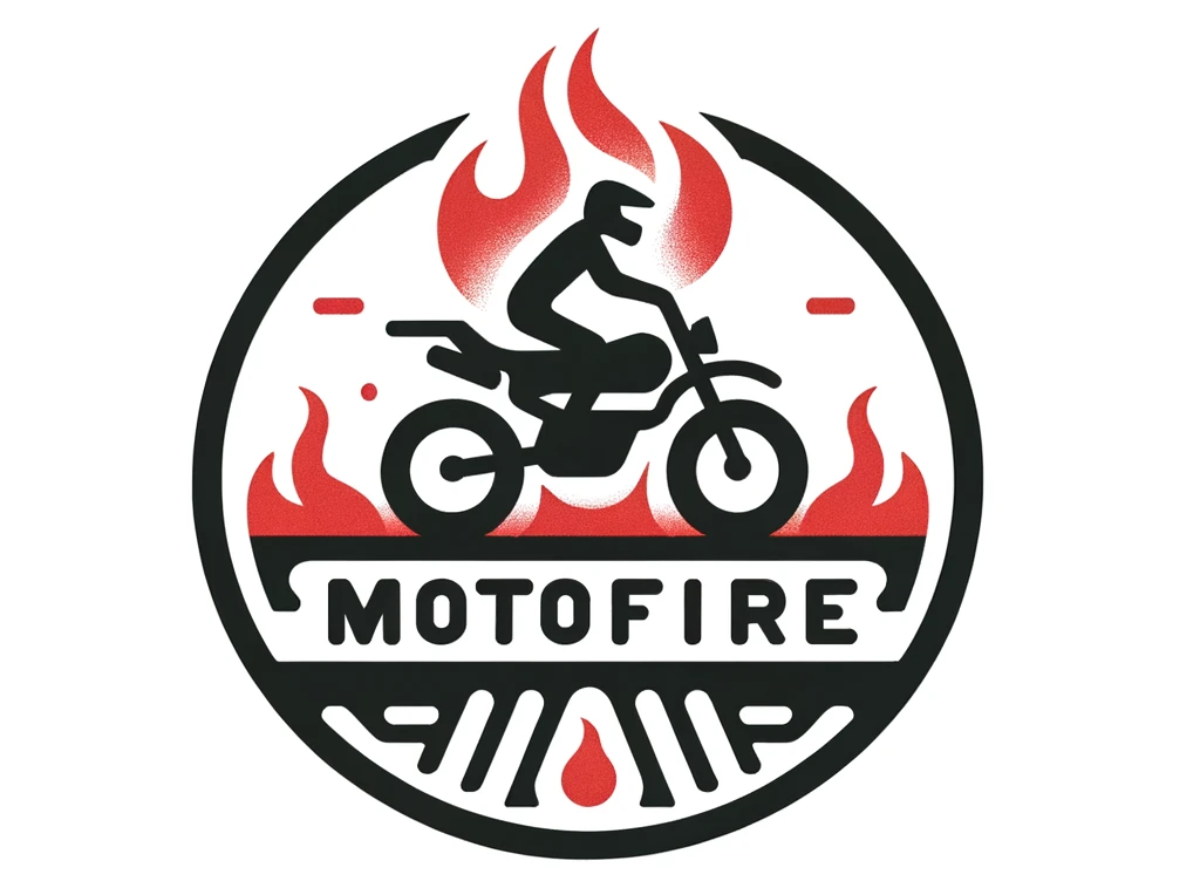Is it difficult for beginners to learn to ride a motorcycle?

Title: Learning to Ride a Motorcycle: A Beginner’s Guide to Overcoming Challenges
Motorcycling is a thrilling and versatile mode of transportation, offering an unrivaled sense of freedom on the open road. For those looking to embark on this exciting journey, the process of learning to ride a motorcycle can be as intimidating as it is exhilarating. In this article, we’ll explore the common challenges faced by beginners and provide practical advice to ease the learning curve.
Understanding the Basics of Motorcycle Operation
Before setting foot on a bike, it’s crucial to understand the basic operations of a motorcycle. This includes familiarizing yourself with the clutch, gears, brakes, and throttle. Unlike driving a car, where the controls are mainly operated with the hands and feet, riding a motorcycle requires the coordinated use of the entire body.
– Clutch Lever: Engaged with the left hand to control power transmission from the engine to the drivetrain.
– Gear Shifter: Located near the left foot and used to select the appropriate gear.
– Front and Rear Brakes: Operated by the right hand (front brake) and right foot (rear brake), responsible for slowing and stopping the motorcycle.
– Throttle: Managed with the right hand to control engine speed and acceleration.
Developing Balance and Coordination
Motorcycle riding demands a unique balance and coordination, different from that of driving a car or riding a bicycle. Beginners often struggle with maintaining stability, especially at low speeds where the effect of gyroscopic forces is minimized.
To enhance your balance:
– Practice riding slowly in a safe, open area.
– Focus on smooth throttle and clutch control to prevent jerky movements.
– Keep your head up and look ahead, not down at the ground.
Tackling Road Awareness and Safety Concerns
As a motorcyclist, you are more vulnerable to road hazards and weather conditions than car drivers. Without the protective enclosure of a vehicle, maintaining road awareness and practicing safe riding techniques is paramount.
To ride safely:
– Invest in proper riding gear, including a helmet, gloves, jacket, pants, and boots.
– Attend a motorcycle safety course to learn defensive riding skills.
– Be hyper-aware of your surroundings, including other vehicles, road conditions, and weather.
Choosing the Right Motorcycle
It’s essential for beginners to start with a motorcycle that is suitable for their skill level. A lighter, less powerful bike is easier to handle and more forgiving of mistakes.
Consider the following when choosing your first motorcycle:
– Engine size, which affects power output and responsiveness.
– Seat height, to ensure your feet can comfortably reach the ground.
– Weight, as heavier motorcycles can be more challenging to maneuver.
Overcoming Psychological Barriers
The fear of falling or being involved in an accident can be significant psychological barriers for new riders. It’s important to build confidence gradually, without rushing through the learning process.
Strategies to conquer fear include:
– Practicing in low-traffic areas before venturing onto busy streets.
– Riding with experienced motorcyclists who can provide guidance and support.
– Staying within your comfort zone and progressively challenging yourself as your skills improve.
Conclusion: Embracing the Learning Journey
Learning to ride a motorcycle can be difficult for beginners, but with the right approach, it becomes an incredibly rewarding experience. It’s a continuous learning process; even seasoned riders find room for improvement. Embrace each hurdle as an opportunity to grow, and remember that patience, practice, and a positive attitude are your best allies on this journey.
Remember, it’s the journey, not just the destination, that makes motorcycling so fulfilling. Stay safe and enjoy every ride!






